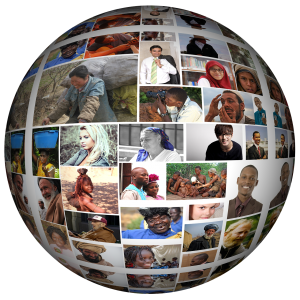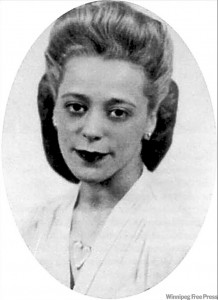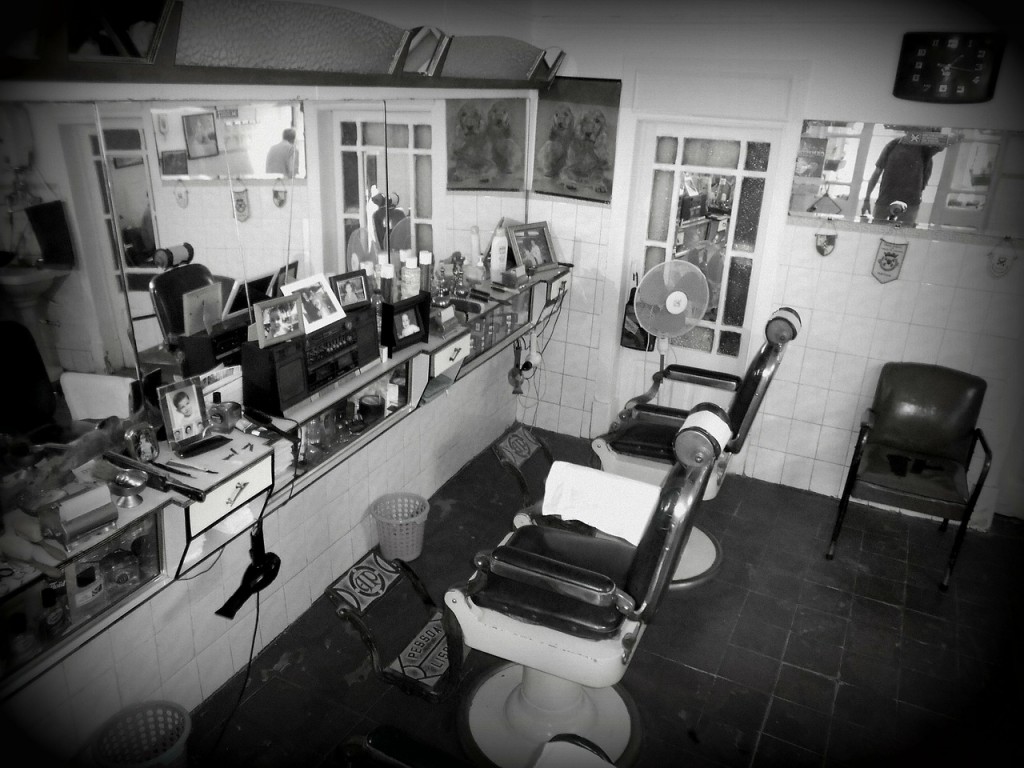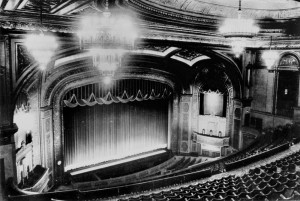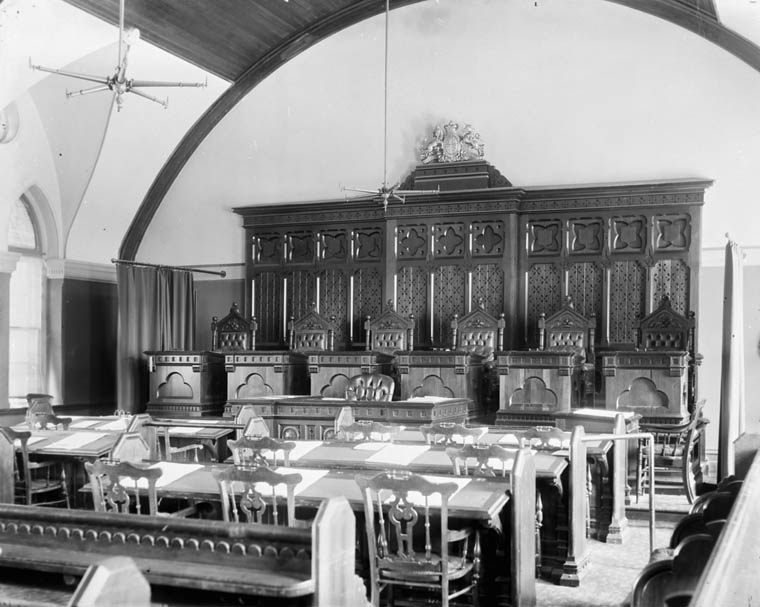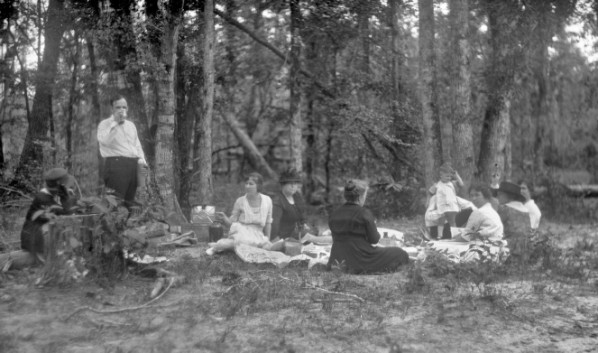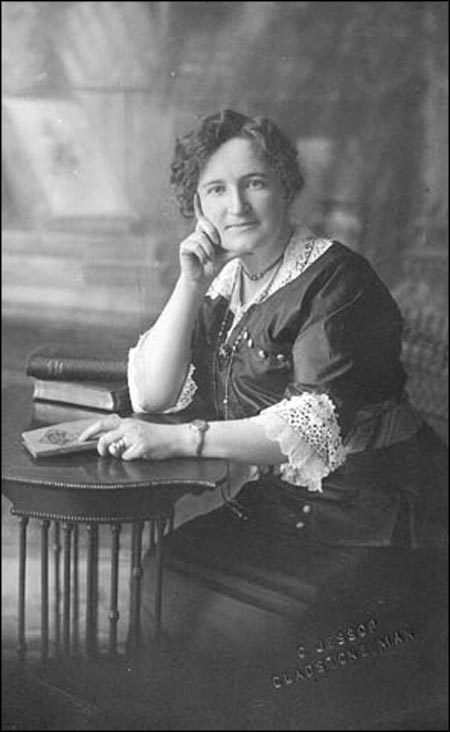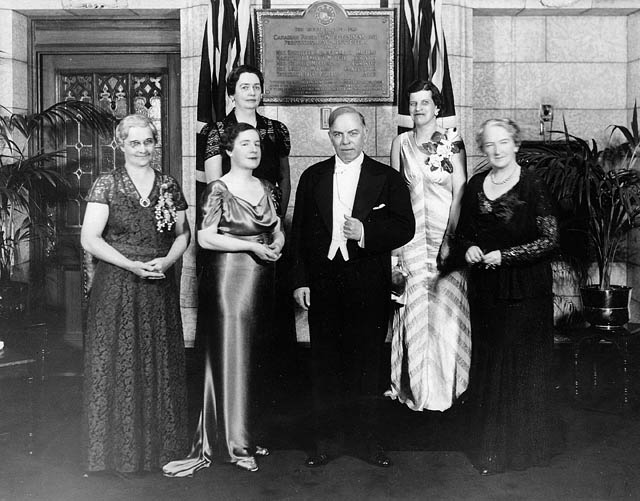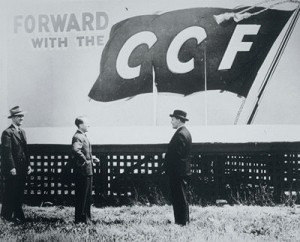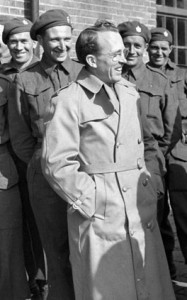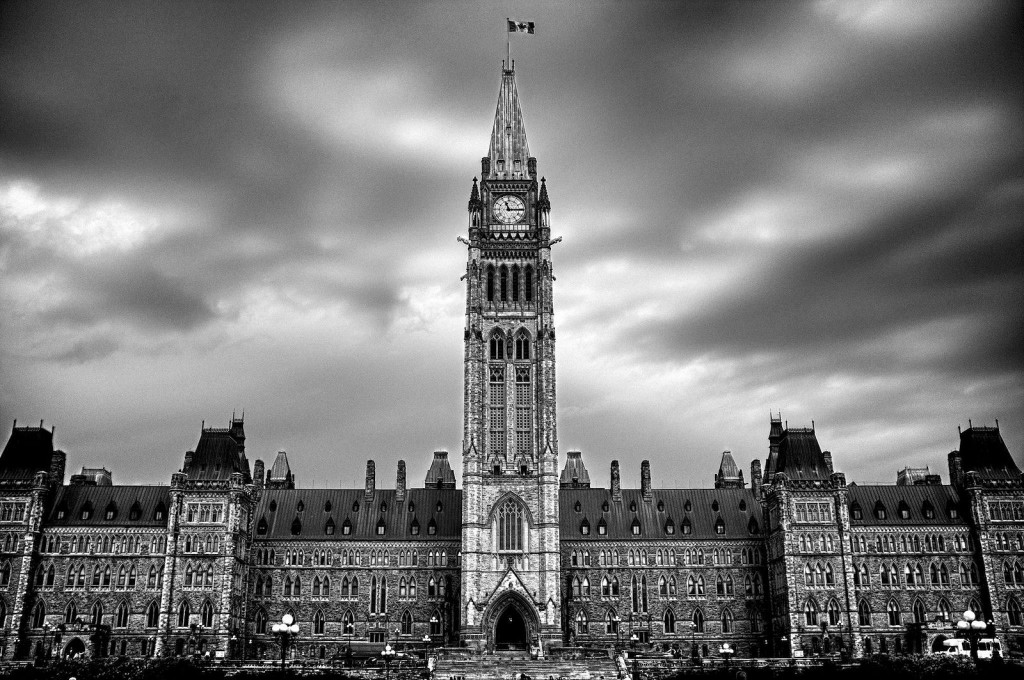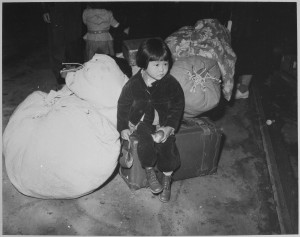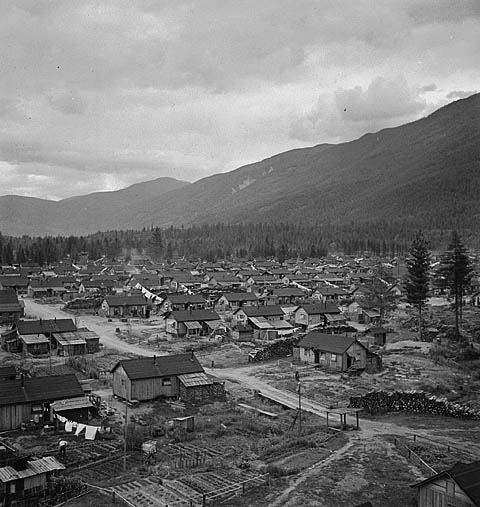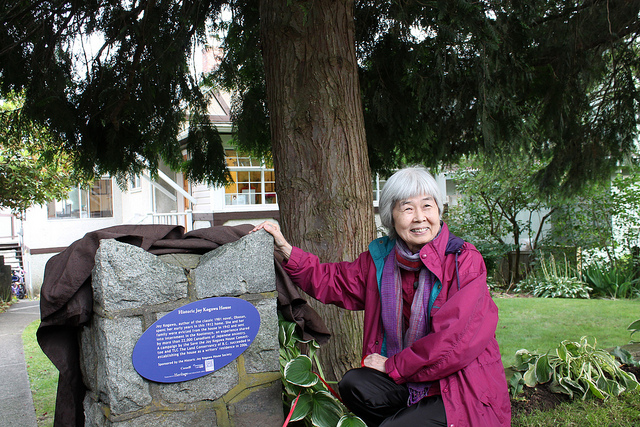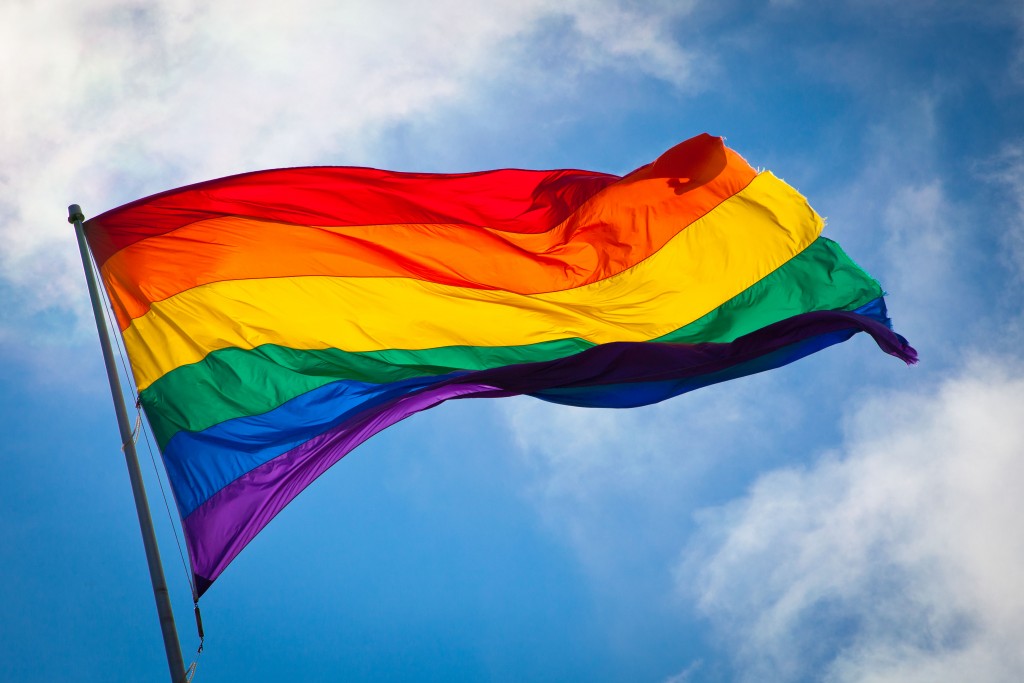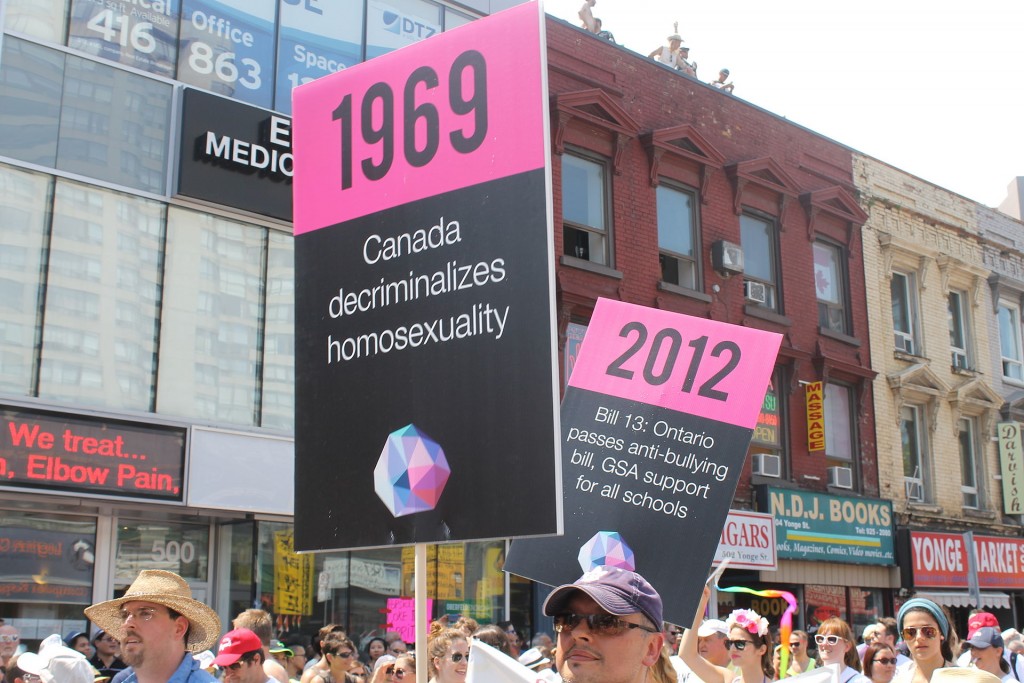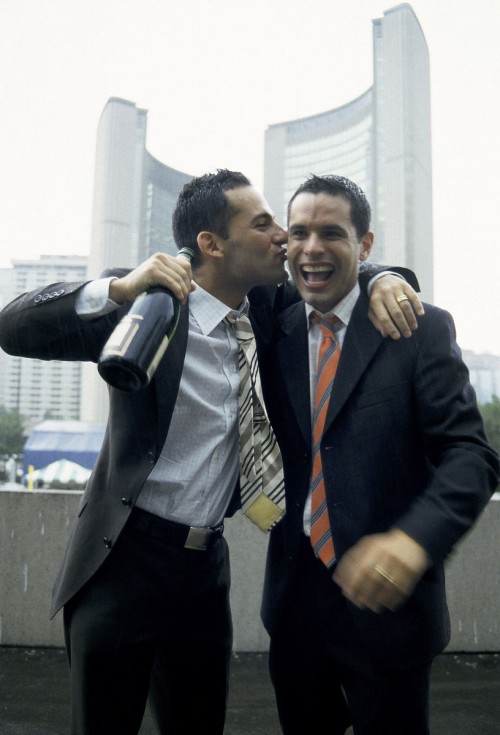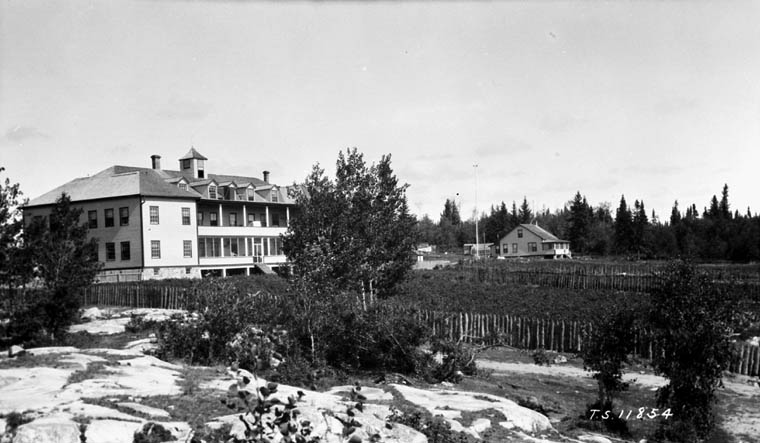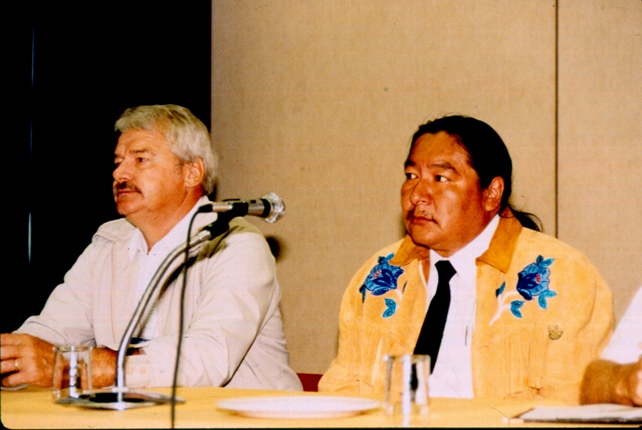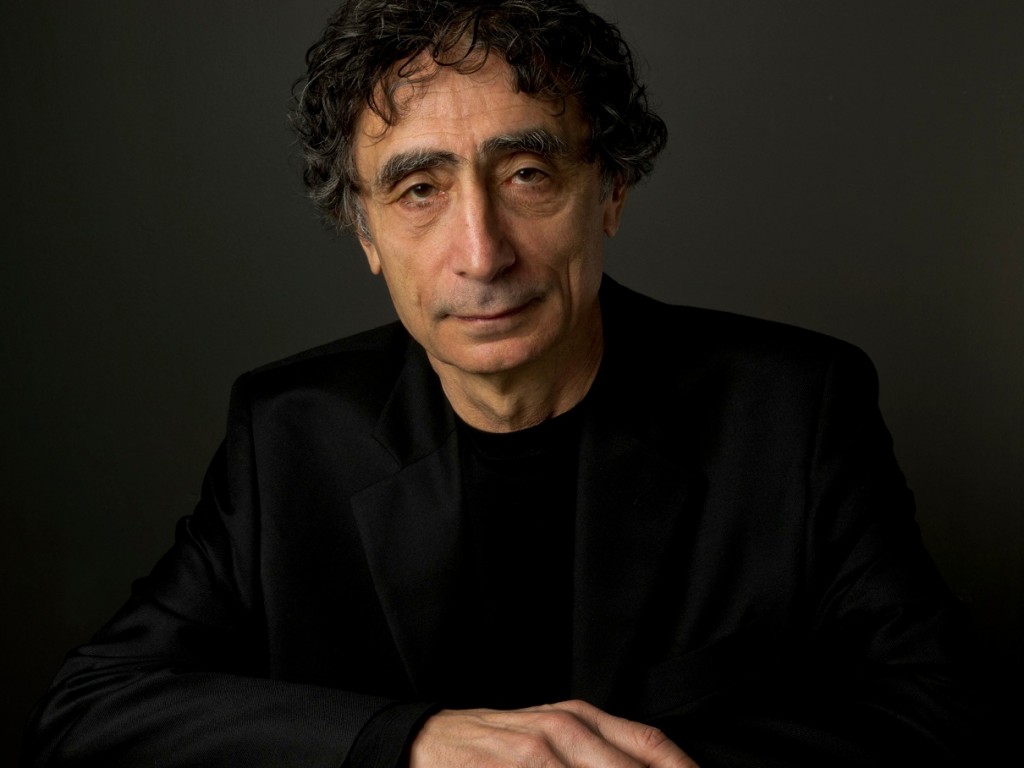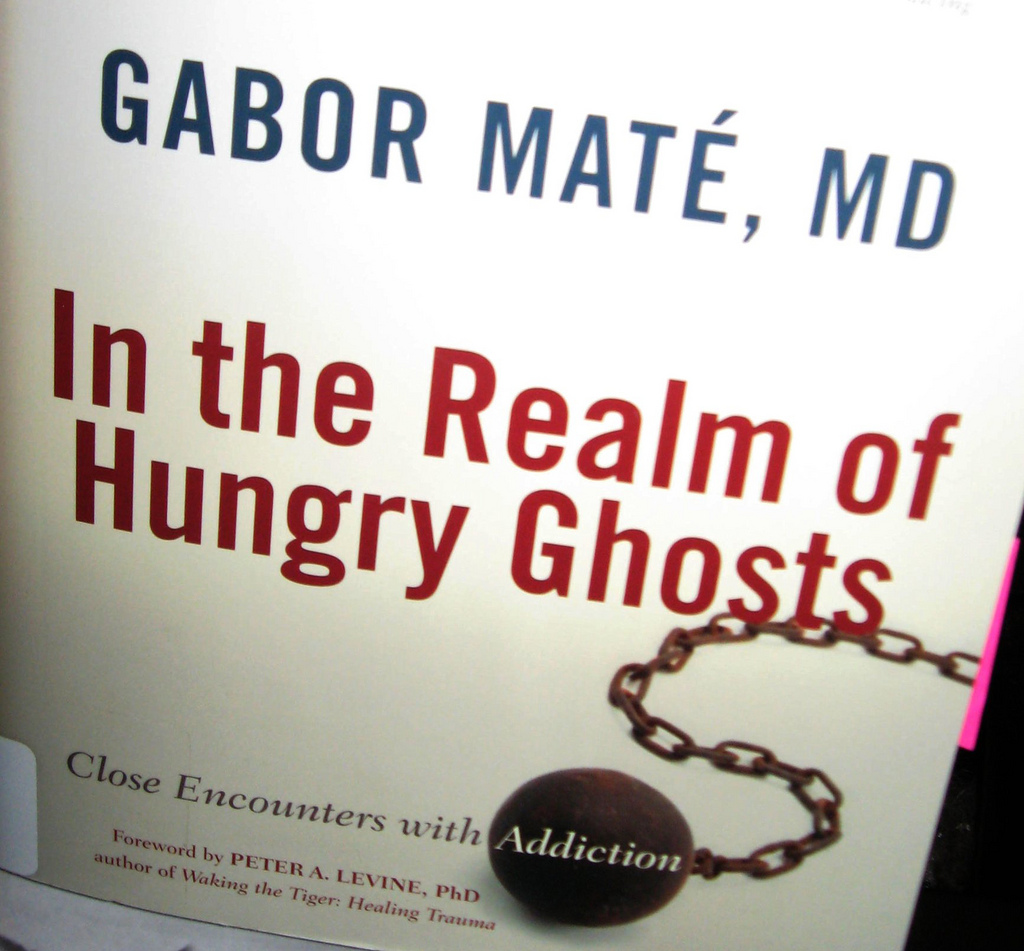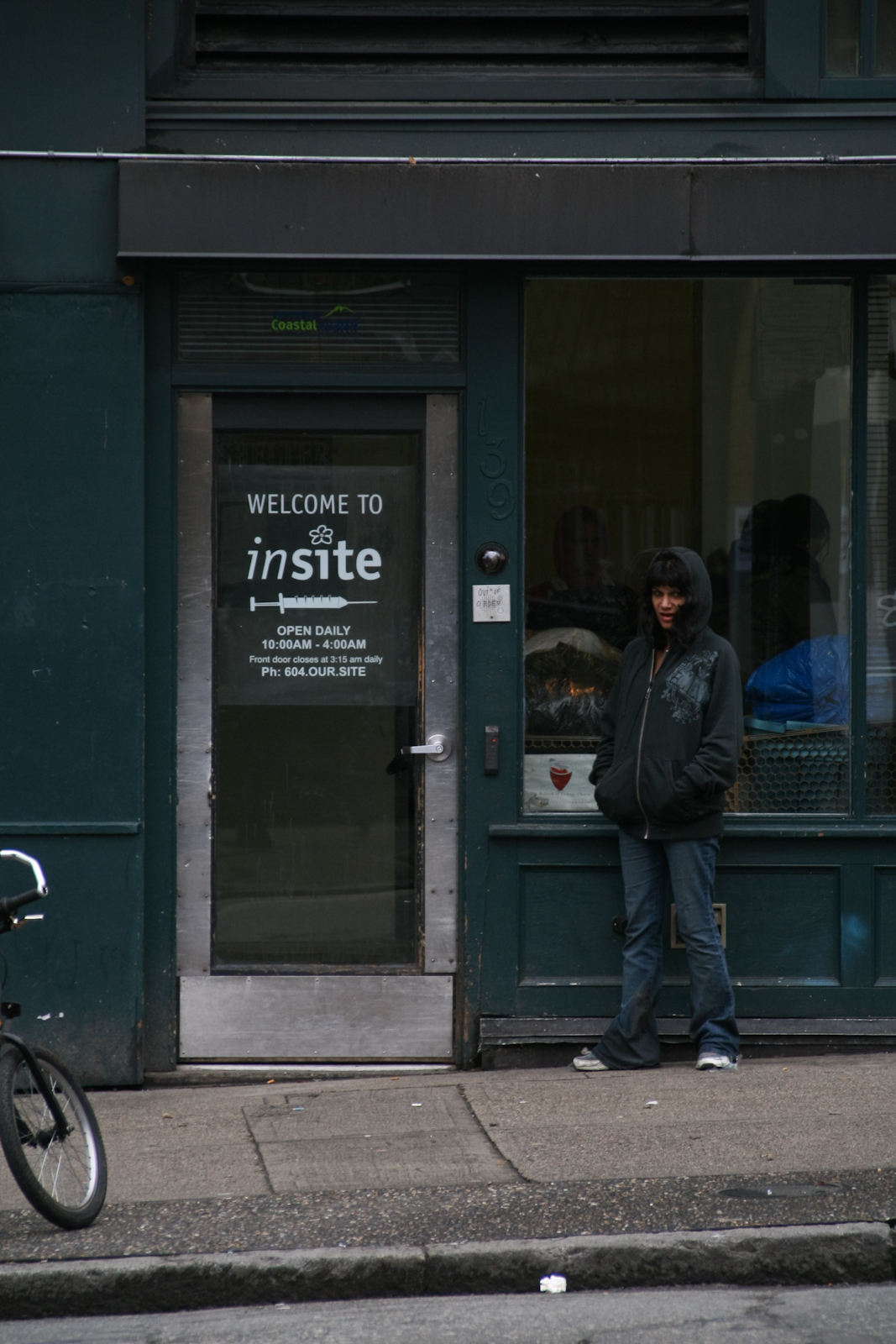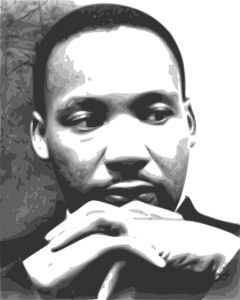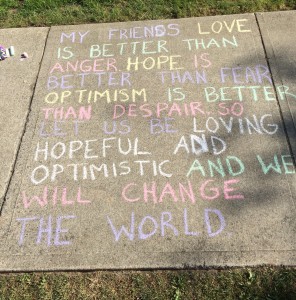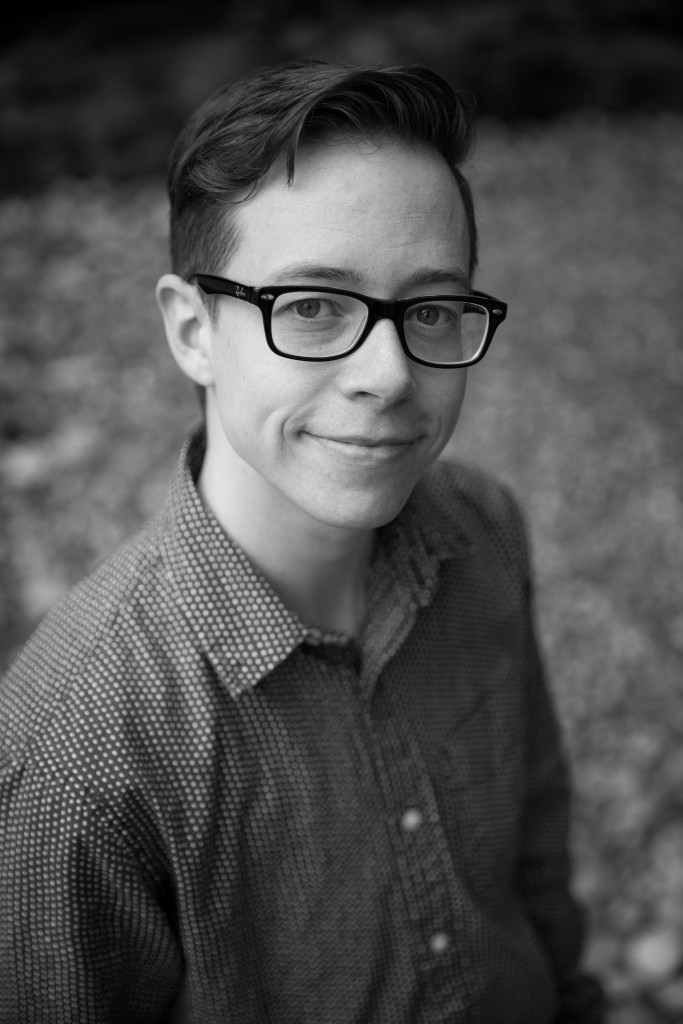Brant, J. (2006). The Aboriginal literacy curriculum toolbox: Cultural philosophy, curriculum design, and strategies for self-directed learning. Owen Sound, ON: Ningwakwe.
Corbet, B. (Producer) & Unwin, P. (Director). (2007). Elijah. [Motion picture.] Canada: CTV.
Egan, J. (1998). Challenging the conspiracy of silence: My life as a gay Canadian activist. Toronto: Canadian Lesbian and Gay Archives.
Goodman, A. (2001, June 6). Dr Gabor Mate: More compassion, less violence needed in in addressing drug addiction. [Television series episode]. In Kouddous, S. A. & Salazar, N. (Producers). Democracy Now. New York: Pacifica Radio.
Gray, C. (2008). Nellie McClung. Toronto: Penguin.
Hacker, C. The kids book of Canadian history. Toronto: Kids Can Press.
Harris, M. (1996). Joy Kogawa and her works. Toronto: ECW.
Heyer, S. (2011). More True Stories Behind the Song: A High-Beginning Reader. White Plains, NY: Pearson.
Jim Egan. (n.d.). In Wikipedia. Retrieved March 12, 2015 from http://en.wikipedia.org/wiki/Jim_Egan_(activist)
Kissock, H. (2010). Citizens and the political process. Calgary: Weigl.
Kissock, H. (2010). Protecting rights in Canada. Calgary: Weigl.
Knight, M. (Producer) & O’Sullivan, G. (Director). (2004). The greatest Canadian [Motion picture]. Canada: CBC HomeVideo.
Kogawa, J. (1981). Obasan. Toronto: Penguin.
Lemay, J. (2012). Certificate in community capacity building: Skills for strengthening community health. Vancouver: Simon Fraser University.
Macdonald, F & Weaver, C. (2003). Human rights. North Mankato, MN: Chrysalis Education.
Mason, A. (2002). People around the world. New York: Kingfisher.
National Geographic. (2009). Every human has rights: A photographic declaration for kids. Washington, DC: National Geographic.
North Vancouver School District. (2004). Reading 44: Intermediate. North Vancouver: Leo Marshall Curriculum Centre.
Nova Scotia Government. [nsgov]. (2012, Feb 6). Long road to justice: The Viola Desmond story. Retrieved from: https://www.youtube.com/watch?v=yI00i9BtsQ8
Pezzi, B. (2008). Tommy Douglas. Calgary, AB: Weigl.
Reid, M. et al. (2009). 100 photos that changed Canada. Toronto: HarperCollins.
Robson, W. (2010). Sister to courage: Stories from the world of Viola Desmond. Wreck Cove, NS: Breton.
Wells, D. (2005). Canadian citizenship. Calgary, AB: Weigl.

